Svalbard Islands
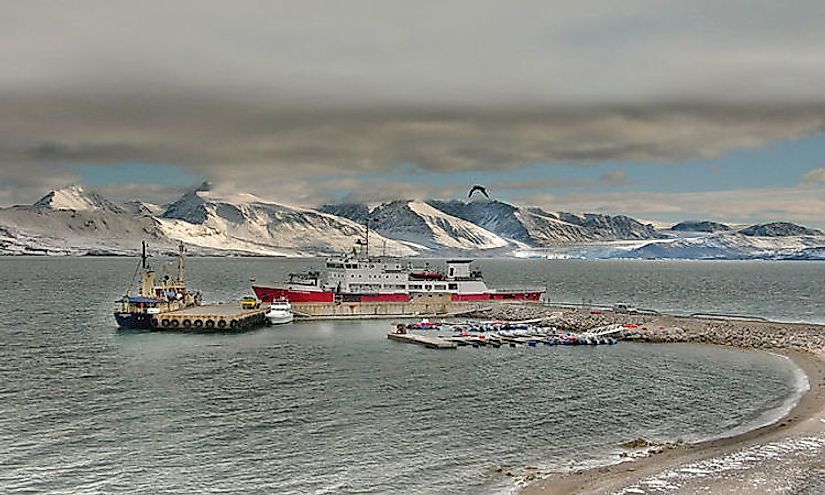
8. Where Is Svalbard? -
Svalbard, an archipelago located in the Arctic Ocean, is the Kingdom of Norway’s northernmost part. The islands in this archipelago extend from 74° N to 81° N and 10° E to 35° E, midway between the North Pole and Norway. Svalbard experiences an Arctic climate and is the breeding ground of a large number of Arctic seabirds. It also houses land mammals like the Arctic fox, polar bears, and reindeer as well as marine species. Seven national parks and 23 nature reserves are part of this archipelago. Glaciers, mountains, and fjords form the landscape of Svalbard.
7. Svalbard Islands -
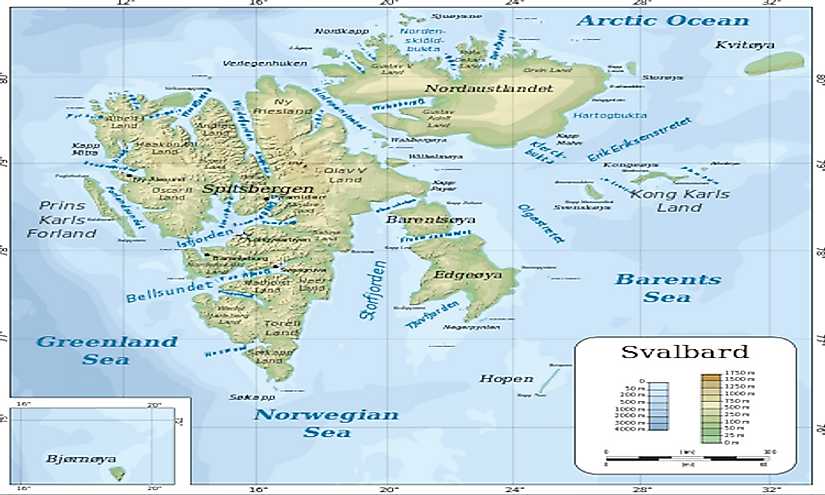
A number of small and large islands are part of the Svalbard archipelago. All these islands experience an Arctic climate. With the exception of the largest Svalbard island, the Spitsbergen, all the other islands nearly or completely lack permanent residents. Spitsbergen, Nordaustlandet, and Edgeøya are the three biggest islands of this archipelago. Other Svalbard islands are the Barrents Island, Kvitøya, Prins Karls Forland, Kongsøya, Bear Island, Svenskøya, Wilhelm Island, and other smaller islands.
6. Spitsbergen -
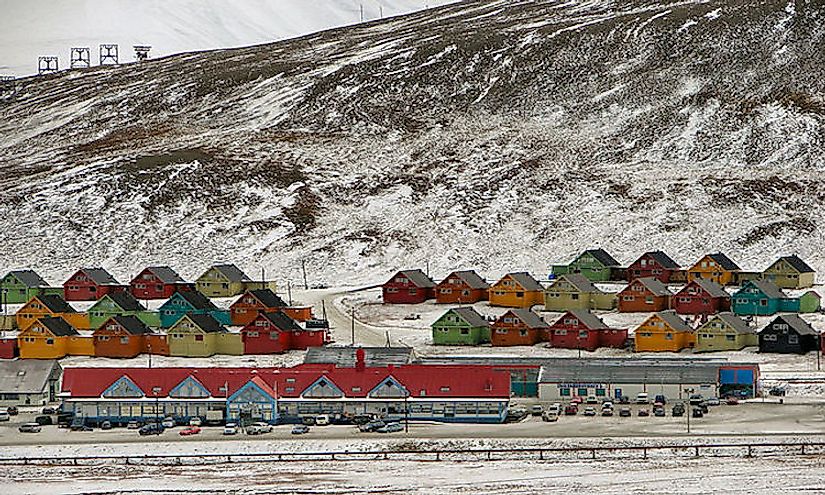
Spitsbergen is the most populated and largest island (occupies an area of 39,044 square km) in Svalbard. In fact, it is the only permanently settled island in the archipelago. Spitsbergen is bordered by the Arctic Ocean, the Greenland Sea, and the Norwegian Sea. Longyearbyen is its largest settlement and administrative center. In the 17th and 18th centuries, Spitsbergen was used as a whaling base and later in the late 19th century, coal mining was carried out here. Research and tourism are important supplementary industries functional in Spitsbergen. The Svalbard Global Seed Vault is also situated on this island. Aircrafts, boats, and snowmobiles are the means of local transport between settlements on this roadless island. Six national parks, mountains, fjords, and glaciers form the landscape of Spitsbergen.
5. Nordaustlandet -
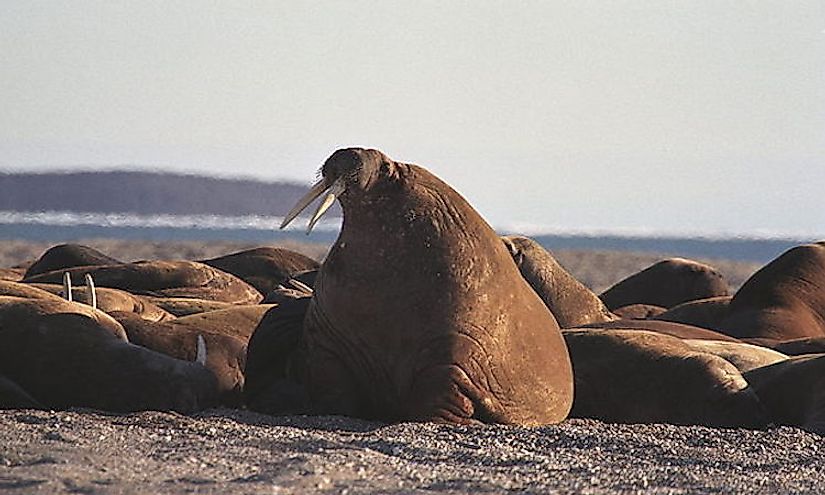
With an area of 14,443 square km, Nordaustlandet is the second largest among the Svalbard islands. This island is located to the north-east of Spitsbergen and is separated from the same by the Hinlopen Strait. The island is covered by two massive ice caps, the Vestfonna and the Austfonna. Reindeer and walruses inhabit the northern parts of Nordaustlandet. The Nordaust-Svalbard Nature Reserve encompasses the entire island of Nordaustlandet.
4. Edgeøya -
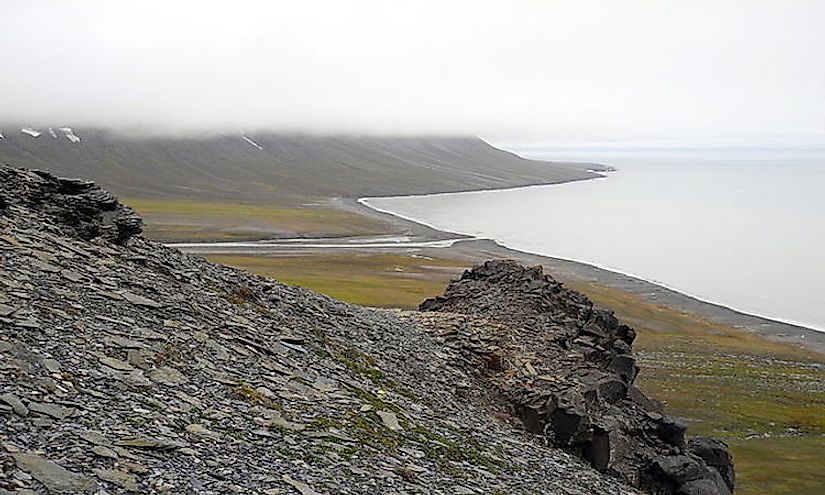
Edgeøya, the third largest of Svalbard islands, is located in the southeast of the archipelago. This Arctic island is home to significant populations of polar bears and reindeer. The island spans an area of 5,073 square km.
3. Barentsøya -
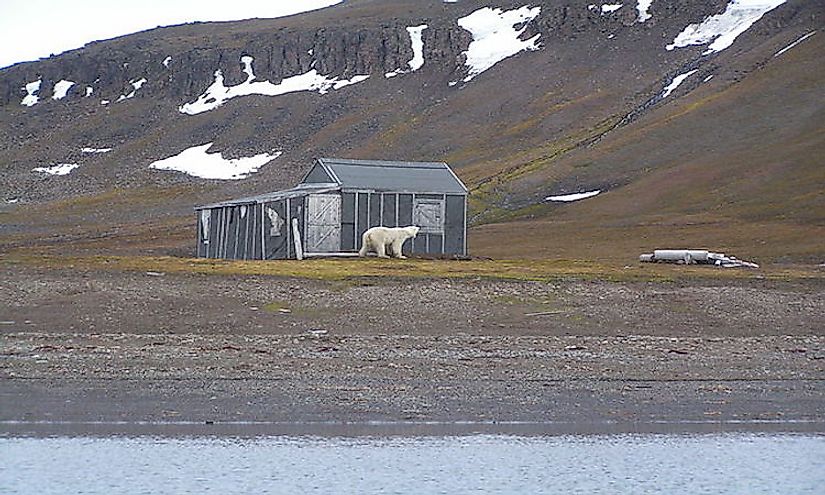
Barentsøya, lying between Edgeøya and Spitsbergen, is the fourth largest island in the Svalbard archipelago. The island is not permanently inhabited, and 43% of its total surface area of 1,288 square km is glaciated.
2. Kvitøya -
Kvitøya, the fifth largest among the Svalbard islands occupies an area of 682 square km. It is regarded as the easternmost part of Norway and is only 62 km to the east of Victoria Island, an Arctic territory of Russia. Kvitøyjøkulen, an ice-cap covers almost the entire island. Nordaust-Svalbard Nature Reserve encompasses the island within its range.
The Kvitøya served as the resting place of the 1897 Arctic balloon expedition. The expedition was aimed at flying over the North Pole in a hydrogen balloon. However, the attempt failed, and the balloon was forced to land on sea ice about 300 km from Kvitøya. Many years later, evidence that the three members of the expedition had landed on the island was found. The evidence was left behind in the form of diaries, frozen glass negative plates, and logs of scientific observations.
1. Tourism Activities In Svalbard Islands -
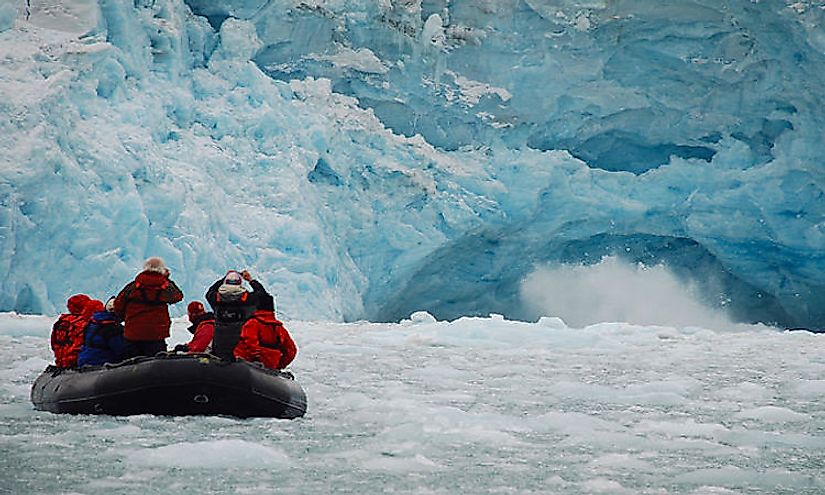
Tourism is a well-developed industry in the Svalbard Islands and one of the major sources of income in the region. Tourist facilities are focussed on the environment of the place, and Longyearbyen is the tourist hub in the Svalbard region. Tourists are offered many activities such as hiking, walking through glacier caves, kayaking, taking dog-sled safaris and snowmobile rides. Wildlife watching is also a popular tourist activity in the Svalbard region. The Northern Lights visible in the sky of Svalbard also draws many tourists to these remote islands in the Arctic Ocean.
Svalbard Islands
| Rank | Island | Area (km2) |
|---|---|---|
| 1 | Spitsbergen | 37,673 |
| 2 | Nordaustlandet | 14,443 |
| 3 | Edgeøya | 5,074 |
| 4 | Barentsøya | 1,288 |
| 5 | Kvitøya | 682 |
| 6 | Prins Karls Forland | 615 |
| 7 | Kongsøya | 191 |
| 8 | Bjørnøya | 178 |
| 9 | Svenskøya | 137 |
| 10 | Wilhelm Island | 120 |
| 11 | Others | 621 |







